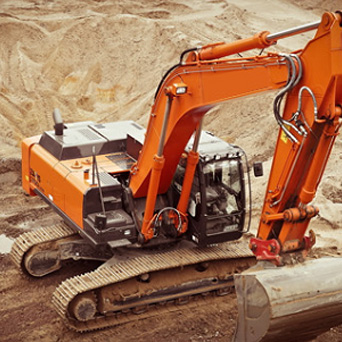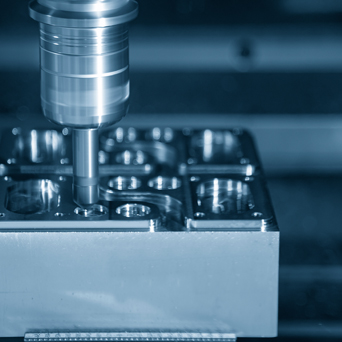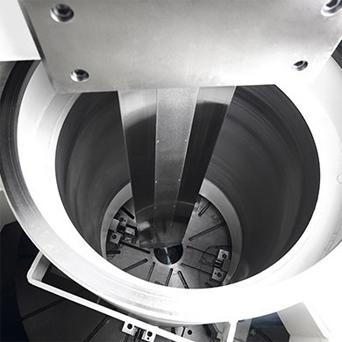Function and Operation of CNC Turntables: Enhancing Precision and Efficiency in Manufacturing Processes
In today's fast-paced world, precision and efficiency are crucial for manufacturers to stay competitive. Gone are the days when traditional machining methods sufficed; instead, industries are turning to advanced technologies like CNC (Computer Numerical Control) to streamline their processes. Among the various tools and equipment available, CNC turntables have emerged as a game-changer. In this blog, we will delve into the function and operation of CNC turntables, exploring how they contribute to enhancing precision and efficiency in manufacturing.
Introduction to CNC Turntables
CNC turntables, also known as rotary tables or indexers, are devices used to rotate workpieces in continuous or indexed increments. These turntables feature a flat or tilted surface on which the workpiece is secured, allowing it to remain stationary while the turntable rotates. This rotation is controlled by precise CNC programming, ensuring accurate positioning and manipulation of the workpiece.
Function and Advantages of CNC Turntables
Enhanced Precision: One of the primary benefits of using CNC turntables is their ability to achieve precise positioning. The combination of sophisticated software and servo motors enables accurate rotation and indexing, allowing for precise machining operations. This level of precision is vital in achieving consistent quality and eliminating errors, which can lead to costly rework and delays.
Increased Efficiency: CNC turntables significantly enhance the efficiency of manufacturing processes. By automating the rotation and indexing of workpieces, these turntables eliminate the need for manual handling, reducing setup times and minimizing the risk of human error. Moreover, CNC programming enables multiple operations to be performed seamlessly, such as milling, drilling, and cutting, without requiring manual repositioning of the workpiece. This ability to automate processes saves time and allows manufacturers to increase their production output.
Versatile Applications: CNC turntables find applications across various industries, including aerospace, automotive, electronics, and medical equipment manufacturing. Whether it's the production of complex engine components or precise electronic parts, CNC turntables can handle a wide range of workpieces. Their versatility makes them a valuable asset for manufacturers looking to optimize their machining processes and adapt to evolving customer demands.
Operation of CNC Turntables
CNC Programming: The operation of CNC turntables begins with the programming stage. Using specialized software, the operator creates a detailed program that defines the sequence of operations, rotational angles, and speed of the turntable. This program is then translated into machine-readable code, allowing the CNC controller to execute the desired actions.
Workpiece Setup: Once the program is ready, the operator secures the workpiece onto the turntable's surface using appropriate fixtures or clamps. It is essential to ensure a secure and stable setup to prevent any movement during machining, which could compromise the accuracy of the operations.
Execution and Monitoring: With the workpiece firmly in place, the operator initiates the CNC program, and the turntable starts rotating as per the predefined parameters. Throughout the machining process, the operator closely monitors the operation, ensuring everything proceeds as planned. Any deviations or anomalies can be detected and rectified in real-time, thanks to the integration of sensors and feedback systems in modern CNC turntables.
In conclusion, CNC turntables play a pivotal role in enhancing precision and efficiency in manufacturing processes. Their ability to provide accurate positioning, automation of operations, and versatility in applications make them indispensable tools in today's advanced manufacturing landscape. As industries continue to embrace the benefits of CNC turntables, their usage will likely become even more widespread. Embracing this technology can help manufacturers stay ahead of the curve, meeting the ever-increasing demands of the market while maintaining optimal quality and productivity.
-
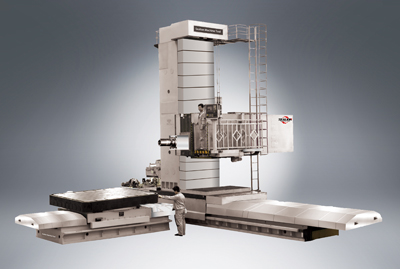
Innovation in Motion: CNC Milling Machines Paving the Way in Automotive Part Production
In today's dynamic world of manufacturing, innovation is the driving force behind the continual progress witnessed in various industries. The automotive sector, in particular, has embraced technol... -
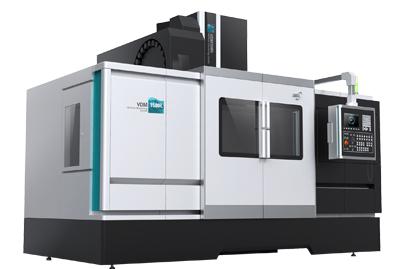
What Are the Safety Rules of Machining Center?
In the manufacturing industry, safe production is a very important rule. So in the use of processing centers, which aspects should be paid attention to in the safety rules? Here are a few very importa... -
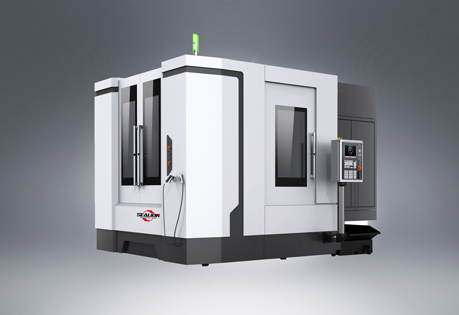
Horizontal Machining Center Processing Process
Horizontal machining center refers to a machining center with the spindle axis parallel to the worktable, which is mainly suitable for processing box-like parts. His working principle is that after th...


